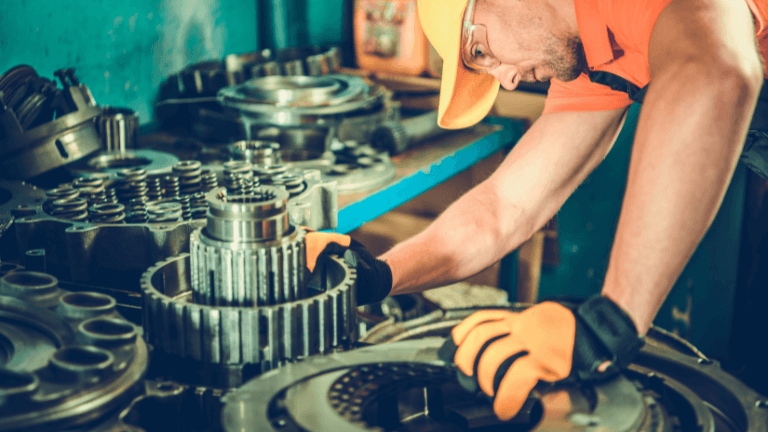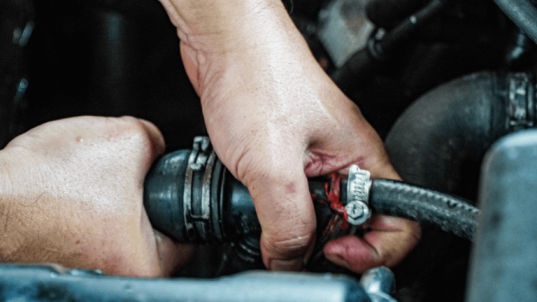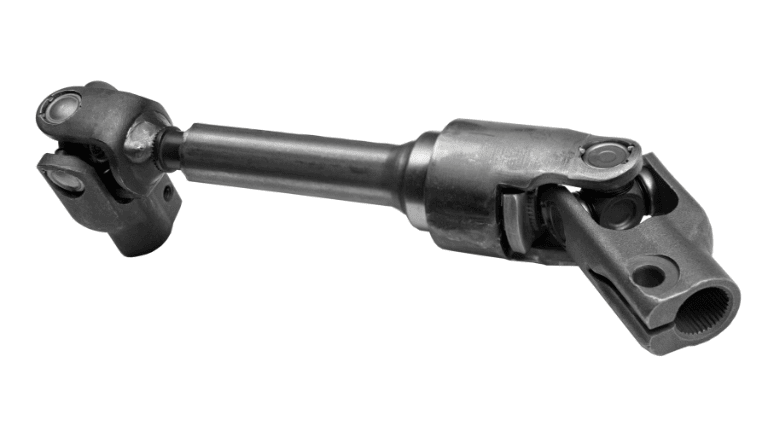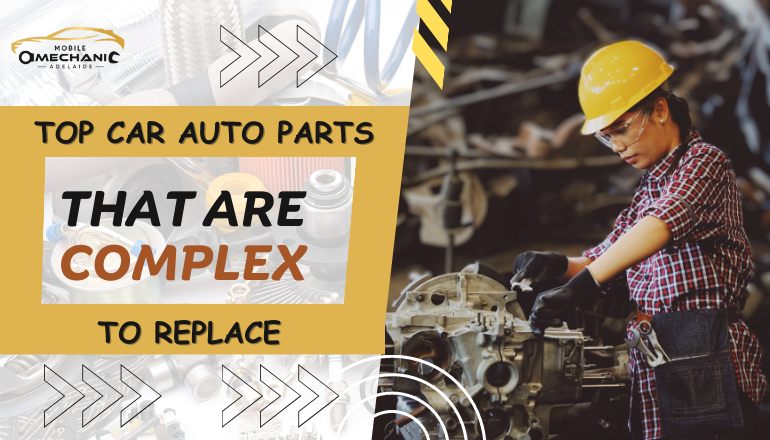If you own a car, you know the importance of routine maintenance and repairs to keep it in good working order. While certain auto parts are simple to replace, others call for great work to be done correctly. Mobile car repair and automobile mechanic services are helpful in such a scenario.
They can assist you in getting your car mended right away, saving you the trip to the mechanic. This is particularly valid for intricate repairs like auto part replacement and mobile brake repair service. In this blog, we’ll examine some of the car auto parts that are complex to replace and explain why hiring the experts is preferable.
Short-Span Replacements
To keep your car functioning properly, you should frequently repair certain auto parts because they have a short lifespan. The field of auto repairs frequently involves short-span replacements. Some short-span replacements, such as car brake pads and standard auto parts, are simple to replace, While some advanced auto parts are complex and require specialized knowledge and equipment for replacement.
For instance, if you hear squeaking or grinding noises when braking, your brake pads may need to be replaced. Although this fix is quite easy. However, changing auto body parts like doors, fenders, and hoods can be more difficult and require disassembling and reassembling several parts.
No matter how complicated, it is important to maintain short-span replacements to avoid more serious problems in the future. You risk further damaging your car and incurring expensive repairs by skipping these routine maintenance checks. With the help of mobile car maintenance or automobile mechanic services, you can simply keep up with these replacements without needing to take time out of your busy schedule to go to an auto repair shop.
Complex Replacement Auto Parts
When it comes to repairing or maintaining a vehicle, sometimes it’s necessary to replace certain parts. While some parts are relatively simple to replace, others can be more complex. Here are a few examples of complex replacement auto parts:
1. Manual Transmission

If your vehicle’s manual transmission needs to be replaced, it can be a complex job. Manual transmissions are made up of a variety of gears, shafts, and bearings, which all need to be properly aligned and lubricated for the transmission to function correctly. A manual transmission can be considered a complex replacement auto part, as it is a critical component of a vehicle’s drivetrain system and requires specialized knowledge and tools to replace.
Manual transmissions are responsible for transmitting power from the engine to the wheels and allow drivers to shift gears manually to optimize driving and fuel efficiency.
Replacing a manual transmission typically involves removing the old transmission, installing a new one, and ensuring that all the necessary components are properly aligned and adjusted. This process can be challenging and time-consuming and requires specialized knowledge and tools. In addition to the transmission itself, other complex replacement auto parts that may be involved in a manual transmission replacement include the clutch assembly, flywheel, and shift linkage. These components all work together to ensure that the transmission functions properly and smoothly.
Overall, replacing a manual transmission is a complex and involving process that demands specialized expertise and equipment. It is important to work with a qualified mechanic or transmission specialist to ensure that the replacement is done safely and correctly.
2. Radiator Hose

A faulty radiator hose can cause a vehicle to overheat and can result in serious engine damage. Replacing a radiator hose is another complex replacement, as it involves
1. Draining the coolant system
2. Removing the old hose
3. Properly install the new one
Radiator hoses are located in difficult-to-reach areas, making the task even more challenging.
A radiator hose is a component of a vehicle’s cooling system that connects the engine to the radiator. Its purpose is to transfer coolant from the engine to the radiator, where it is cooled and then returned to the engine to regulate its temperature.
Radiator hoses are usually made of rubber or silicone and are designed to withstand the high temperatures and pressures of the cooling system. Over time, however, they can become worn or damaged, leading to leaks or a loss of coolant.
It’s important to regularly inspect your radiator hoses for signs of wear or damage, such as cracks, bulges, or soft spots, and replace them as needed to ensure your vehicle’s cooling system is functioning properly. If the radiator is damaged then immediately look for mobile radiator repairs.
3. Steering Shafts

A steering shaft, also known as a steering column or steering gear, is a component of a vehicle’s steering system that connects the steering wheel to the steering gearbox or rack-and-pinion assembly and allows the driver to turn the wheels. Replacing a steering shaft is a complex task, as it involves
1. Removing the steering column
2. Disconnecting the old shaft
3. Installing the new one
Its purpose is to transmit the driver’s input from the steering wheel to the steering mechanism that turns the wheels of the vehicle. Steering shafts are typically made of metal, such as steel or aluminium, and are designed to be sturdy and durable.
They can come in various shapes and sizes depending on the specific make and model of the vehicle. In addition to transmitting the driver’s input, some steering shafts may contain electrical wiring for features such as the horn or cruise control.
If a steering shaft becomes damaged or worn, it can lead to problems with steering, such as a loose or unresponsive steering wheel. Regular maintenance and inspection of the steering system can help to identify any issues with the steering shaft and ensure that it is functioning properly for safe and effective vehicle operation.
4. Dashboard Panel

The dashboard panel contains a variety of gauges, switches, and controls, which is quite complex to replace. Depending on the make and model of the vehicle, replacing a dashboard panel may involve removing the steering wheel, seats, and other interior components. Properly connecting all of the wires and sensors can be a challenging task, requiring patience and attention to detail.
A dashboard panel is a graphical user interface element that displays important information and data in a summarized and visual way. It’s often used in software applications and websites to help users quickly access and understand key metrics or performance indicators related to a specific area of interest. Dashboard panels typically include charts, graphs, tables, and other visualizations that provide an at-a-glance view of the most important data.
They can be customized to display specific data points, such as sales figures, website traffic, customer satisfaction scores, or any other relevant metrics. Dashboard panels can be organized in various ways, such as by date, location, department, or product.
They can also be interactive, allowing users to drill down into the data to gain more detailed insights or to take action based on the information presented. Overall, dashboard panels are an effective tool for presenting complex data in a simple and easy-to-understand format, helping users make better decisions and take appropriate action based on the information provided.
Also Read: 11 Crucial Vehicle Inspection Checklist
Conclusion
It can be difficult, but it’s important not to put off maintaining and repairing your car’s intricate auto parts. These components are crucial to your car’s functionality, longevity, and safety. As technology develops, these components become more complicated, which makes them harder to repair.
Regular maintenance from a qualified car mechanic can keep these parts in good shape and prevent more expensive repairs. Your car can remain in excellent condition for many years with routine check-ups, inspections, and replacement of worn-out parts.
